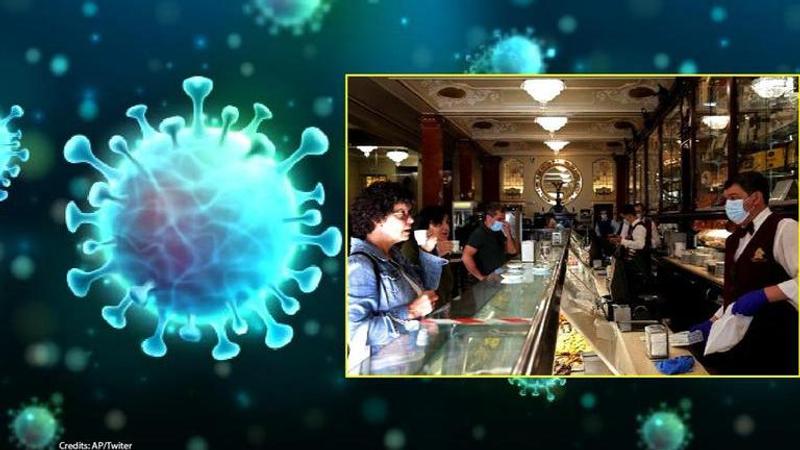Published 14:47 IST, September 14th 2020
COVID-19: Dining in restaurants may increase risk of virus spread, says study
According to a new study, the US CDC has revealed that people who are consuming food at a restaurant are at a higher risk of transmitting coronavirus.

The US Centers for Disease Control and Prevention (CDC) in a new study has found that people who are dining at restaurants have a higher risk of COVID-19 transmission as compared to other community activities. As per the study, the researchers analyzed the data from adults at 11 facilities and found that persons going to locations that offer on-site eating and drinking options were associated with Covid-19 positivity.
They added, "Adults with positive SARS-CoV-2 test results were approximately twice as likely to have reported dining at a restaurant than were those with negative SARS-CoV-2 test results."
COVID-19: Important risk factors
The study claimed that eating and drinking on-site at locations that offer such options might be important risk factors associated with SARS-CoV-2 infection. Efforts to reduce possible exposures where mask use and social distancing are difficult to maintain, such as when eating and drinking, should be considered to protect customers, employees, and communities. Community and close contact exposures continue to drive the coronavirus disease.
CDC and other public health authorities recommend community mitigation strategies to reduce transmission of SARS-CoV-2, the virus that causes COVID-19. Characterization of community exposures can be difficult to assess when the widespread transmission is occurring, especially from asymptomatic persons within inherently interconnected communities, the report noted.
Approximately one-half of all participants reported shopping and visiting others inside a home during the 14 days preceding symptom onset. No significant differences were observed in the analysis between case-patients and control-participants in shopping; gatherings with persons in a home; going to an office setting; going to a salon; gatherings with >10 persons in a home; going to a gym; using public transportation; going to a bar/coffee shop; or attending church/religious gathering. However, case-patients were more likely to have reported dining at a restaurant in the 2 weeks before illness.
The report added that exposures and activities where mask use and social distancing are difficult to maintain, including going to locations that offer on-site eating and drinking, might be important risk factors for SARS-CoV-2 infection. Implementing safe practices to reduce exposures to SARS-CoV-2 during on-site eating and drinking should be considered to protect customers, employees, and communities and curb the spread of COVID-19.
Updated 14:47 IST, September 14th 2020



